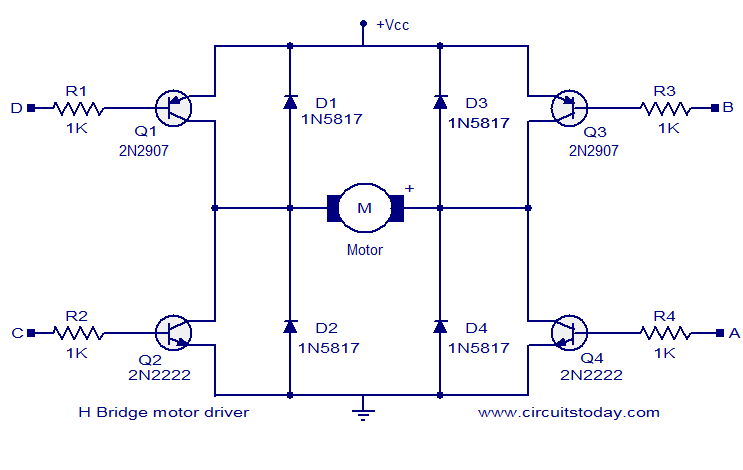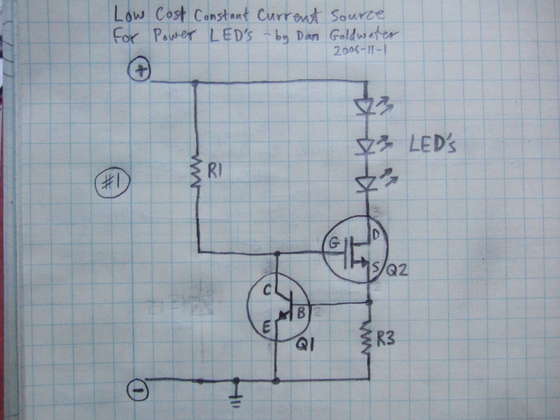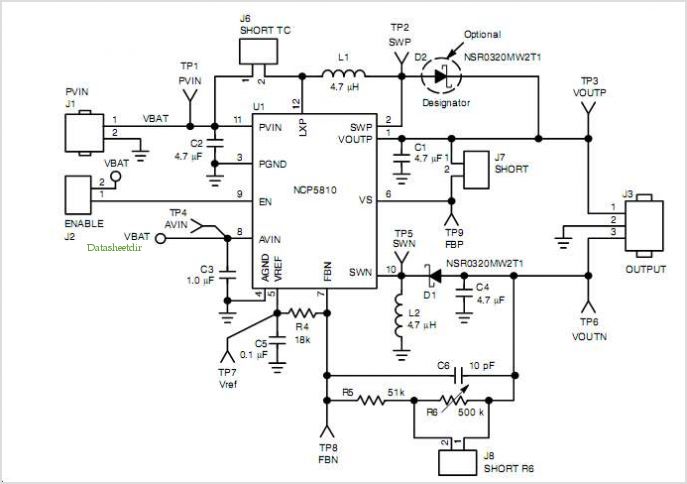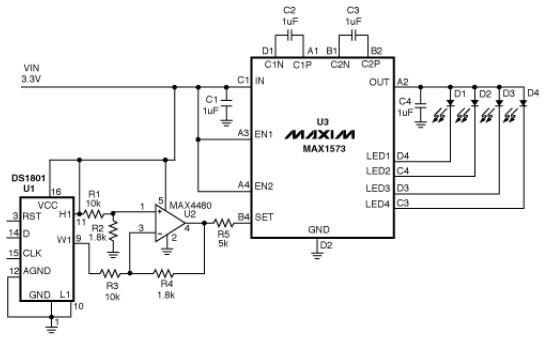
Crt yoke driver
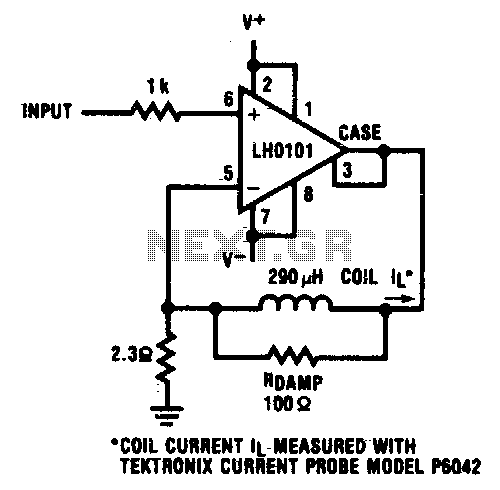
A 500 mV peak-to-peak triangular waveform centered around ground is applied to the amplifier, resulting in a peak current of 100 mA flowing through the inductor.
The circuit involves an amplifier configured to process a triangular waveform signal with a peak-to-peak voltage of 500 mV. This waveform oscillates symmetrically around the ground reference point, meaning that it alternates between positive and negative values, effectively creating a linear rise and fall in voltage over time. The amplifier is designed to enhance the input signal, providing sufficient gain to drive subsequent components in the circuit.
The output of the amplifier is connected to an inductor, which experiences a peak current of 100 mA. This current is a result of the amplifier's output characteristics and the inductive load's response to the triangular waveform. The inductor, due to its nature, will store energy in the magnetic field when current flows through it and will release that energy when the current decreases. The relationship between the voltage across the inductor, the current flowing through it, and its inductance can be described by the formula V = L * (di/dt), where V is the voltage across the inductor, L is the inductance, and di/dt is the rate of change of current.
In practical applications, the triangular waveform input can be used in various signal processing tasks, such as modulation or waveform generation. The resulting current through the inductor may be utilized in power supply circuits, filtering applications, or as part of a larger control system. The design considerations for this circuit include the selection of appropriate amplifier gain, bandwidth, and inductor value to ensure the desired performance and stability of the system.A 500 mV peak-to-peak triangular waveform about ground is input to the amplifier giving rise to a 100 mA peak current to the inductor.
The circuit involves an amplifier configured to process a triangular waveform signal with a peak-to-peak voltage of 500 mV. This waveform oscillates symmetrically around the ground reference point, meaning that it alternates between positive and negative values, effectively creating a linear rise and fall in voltage over time. The amplifier is designed to enhance the input signal, providing sufficient gain to drive subsequent components in the circuit.
The output of the amplifier is connected to an inductor, which experiences a peak current of 100 mA. This current is a result of the amplifier's output characteristics and the inductive load's response to the triangular waveform. The inductor, due to its nature, will store energy in the magnetic field when current flows through it and will release that energy when the current decreases. The relationship between the voltage across the inductor, the current flowing through it, and its inductance can be described by the formula V = L * (di/dt), where V is the voltage across the inductor, L is the inductance, and di/dt is the rate of change of current.
In practical applications, the triangular waveform input can be used in various signal processing tasks, such as modulation or waveform generation. The resulting current through the inductor may be utilized in power supply circuits, filtering applications, or as part of a larger control system. The design considerations for this circuit include the selection of appropriate amplifier gain, bandwidth, and inductor value to ensure the desired performance and stability of the system.A 500 mV peak-to-peak triangular waveform about ground is input to the amplifier giving rise to a 100 mA peak current to the inductor.
